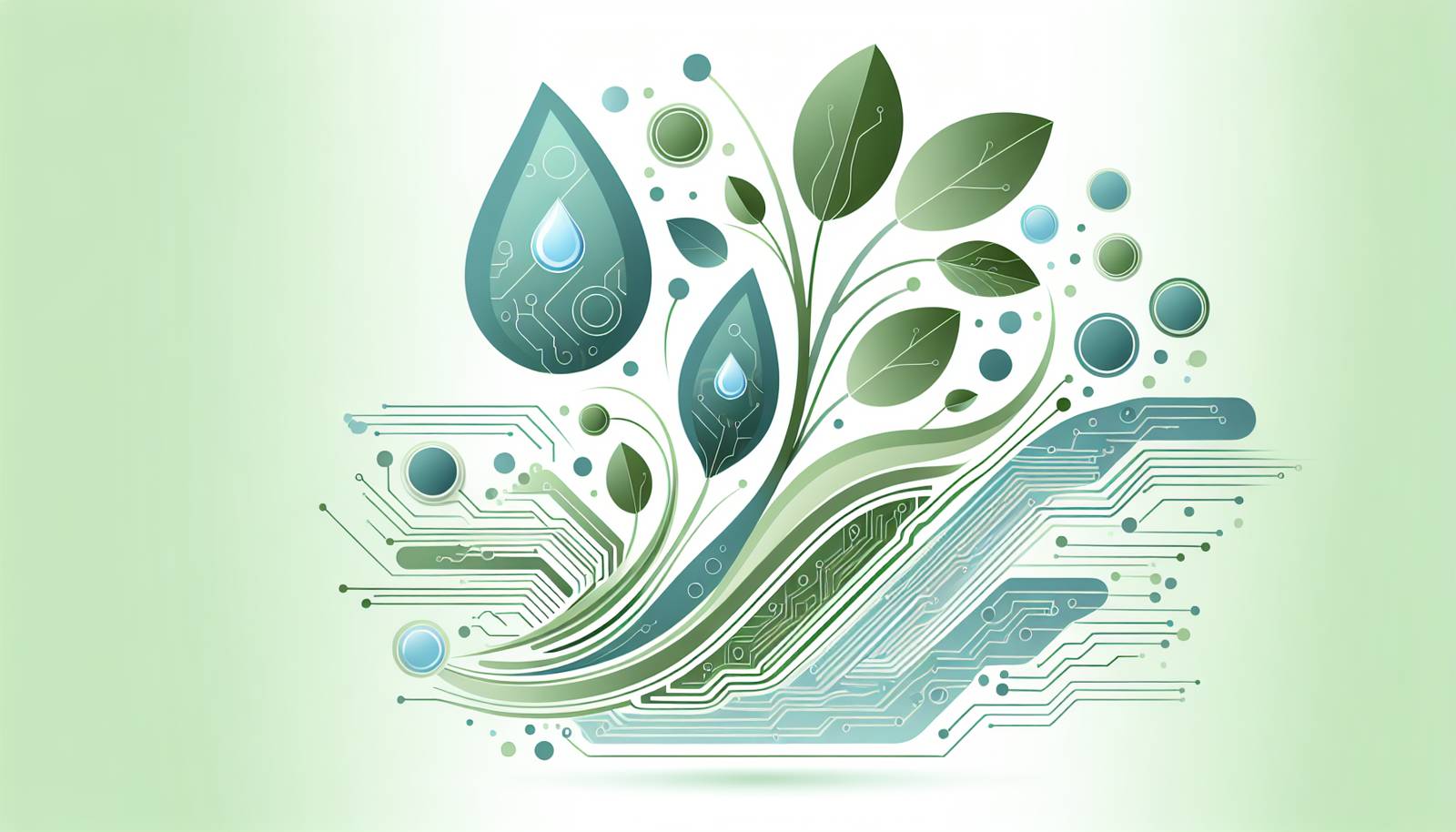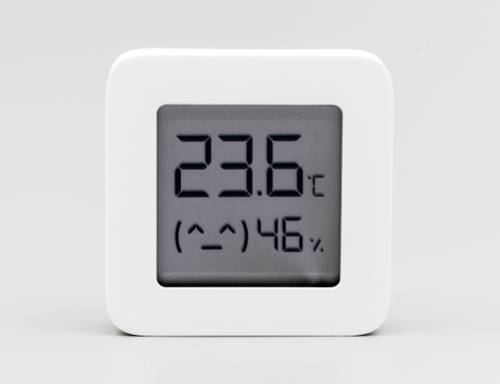
FAQ About Indoor Plant Moisture Control via Hygrometers

What is a hygrometer and how is it used for indoor plants?
A hygrometer is a device that measures the humidity level in the air. For indoor plants, it is used to monitor and maintain the optimal humidity level in the environment where the plants are kept. By regularly checking the hygrometer, plant owners can take actions such as misting, using humidifiers, or adjusting airflow to ensure that their plants thrive in ideal humidity conditions.

Why is moisture control important for indoor plants?
Moisture control is essential for indoor plants because each plant species has specific humidity requirements for optimal growth. Insufficient humidity can lead to dry leaves and poor growth, while excessive moisture can cause mold and root rot. By maintaining proper moisture levels, plants remain healthy, reducing the risk of diseases and encouraging growth.

What types of hygrometers are available for monitoring indoor plant humidity?
There are several types of hygrometers available, including analog and digital models. Analog hygrometers use a mechanical sensor system and are often less expensive, but may require calibration. Digital hygrometers provide a digital display of humidity levels, can offer more precise readings, and sometimes include additional features such as temperature monitoring and data logging.

How does humidity affect different types of indoor plants?
Humidity impacts indoor plants differently based on their native environments. For example, tropical plants like ferns and orchids thrive in high humidity, while succulents and cacti prefer drier conditions. Understanding the specific humidity needs of your plants is crucial for maintaining their health and growth. A hygrometer helps ensure these conditions are met within your indoor setting.

Can hygrometers also measure temperature?
Yes, many digital hygrometers come equipped with temperature sensors. These dual-purpose devices allow users to monitor both humidity and temperature, providing a comprehensive overview of the indoor environment, which is valuable for creating the best conditions for plant health.

Where should I place the hygrometer in my indoor garden?
It's best to place the hygrometer at the level of your plants for the most accurate readings. Avoid placing it directly in sunlight, near heating or cooling vents, or close to windows, as these locations can give inaccurate humidity readings affected by localized conditions instead of the overall room environment.

How often should I check the hygrometer for my indoor plants?
It's advisable to check the hygrometer at least once a day to ensure that humidity levels remain within the desired range for your plants. Regular monitoring helps prevent conditions that could be detrimental to your plants' health, especially during seasonal changes or when using HVAC systems.

What is the ideal humidity range for most indoor plants?
The ideal humidity range for most indoor plants is between 40% and 60%. However, some plants, particularly tropical ones, may require higher humidity levels. It is important to research your specific plant species to determine the best humidity range for their growth and health.

How can I increase humidity for my indoor plants using a hygrometer?
By using a hygrometer to monitor current humidity levels, you can increase humidity by misting the plants, using a room humidifier, placing water trays near the plants, or grouping plants together to create a microclimate. The hygrometer will help you track the effectiveness of these measures and ensure the desired humidity level is maintained.

Can a hygrometer help in preventing mold on indoor plants?
Yes, a hygrometer can help prevent mold by ensuring that the humidity level does not rise above the optimal range for your plants. High humidity can lead to excessive moisture, fostering mold growth. By keeping a constant check on the humidity levels, you can adjust the environment to keep it within a safe range and reduce the risk of mold.

Is it necessary to calibrate a hygrometer, and how often should it be done?
Calibration is often necessary for hygrometers to ensure accurate readings, especially if you are using an analog model. It is recommended to calibrate your hygrometer at least once a year. Calibration methods vary, typically involving a salt test or a direct comparison to a certified hygrometer.

What are some common challenges when using hygrometers for indoor plants?
Common challenges include ensuring regular calibration for accuracy, dealing with external factors that can affect readings (such as proximity to vents or windows), and interpreting data correctly to make necessary environmental adjustments. Understanding your specific plant needs can also be a challenge when trying to interpret hygrometer data appropriately.

How can I lower humidity for indoor plants if it's too high?
If the humidity is too high, you can lower it by increasing ventilation, using a dehumidifier, reducing watering frequency, and ensuring plants are not overcrowded. Monitoring with a hygrometer will help you find the right balance and make sure that the adjustments are effectively achieving the desired humidity levels.

Are there any risks associated with using hygrometers for moisture control?
There are minimal risks associated with hygrometers, as they are non-invasive measurement tools. However, relying solely on hygrometer readings without considering other environmental factors (like light and temperature) might lead to misjudgments in plant care. Ensuring a balanced approach in monitoring all factors affecting plant health is vital.

Can I use a smartphone app instead of a traditional hygrometer for my indoor plants?
Yes, there are smartphone apps available that pair with digital hygrometers or smart sensors to give real-time humidity readings and alerts. These apps can offer convenience by storing data, setting thresholds for alerts, and integrating with other smart home systems for comprehensive indoor environment monitoring.

How do seasonal changes affect the use of hygrometers for indoor plants?
Seasonal changes can significantly affect indoor humidity levels, with generally lower humidity in winter due to heating systems and higher humidity in summer. Regular use of a hygrometer allows you to adjust plant care practices in response to these seasonal shifts, ensuring that your plants receive consistent environmental conditions throughout the year.

Can I monitor multiple areas in my home with one hygrometer?
While one hygrometer can provide a general sense of the humidity in a particular room, it's beneficial to use multiple hygrometers if you have several zones with varying conditions or a large space with diverse plant needs. This ensures that each area can maintain optimal humidity levels suited to the specific plants located there.

What should I do if my hygrometer's readings seem inaccurate?
If your hygrometer's readings seem off, first check the device for signs of damage or dirt, and replace the battery if applicable. If issues persist, recalibrate it following the manufacturer's instructions or compare it with a different hygrometer to determine accuracy. If necessary, consult a professional for advice or consider replacing the unit.

Do all indoor plants require the same humidity level?
No, different indoor plants have varying humidity requirements based on their natural habitats. Tropical plants typically require higher humidity levels, while desert plants such as succulents and cacti thrive in lower humidity. Tailoring the humidity level to each plant's needs is essential for optimal growth and health.

Is there a difference between a hygrometer and a moisture meter for plants?
Yes, there is a difference. A hygrometer measures the humidity in the air, while a moisture meter measures the moisture content of the soil. Both tools are useful for plant care, but they address different aspects of plant maintenance. Used together, they give a comprehensive understanding of the environmental conditions affecting plant growth.
